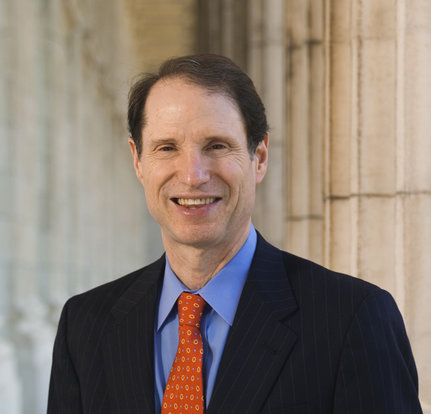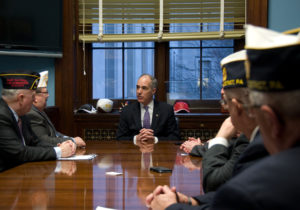
Two ranking U.S. Senators are calling out the federal government for releasing “incomplete data” on COVID-19 in nursing homes.
The data doesn’t “come close” to providing a complete picture on what’s needed to sufficiently respond to outbreaks in long-term care facilities, according to Sen. Bob Casey (D-PA) and Ron Wyden (D-OR).
“The data is shockingly sparse, and lacks reporting by almost one in five nursing homes. Nursing homes were not required to submit data on cases and deaths before May 1, meaning we may never know the full scope of this tragedy,” the lawmakers said in a statement.
The COVID-19 nursing home figures were released Monday by the Centers for Medicare & Medicaid Services and the Centers for Disease Control and Prevention. The figures revealed that nearly 26,000 residents and 450 workers in U.S. nursing homes have died from COVID-19. Overall, more than 60,000 residents and 34,400 workers have gotten sick in the U.S. from the virus.
The figures reflect data submitted as of May 24 and are from about 80% of the nation’s nursing homes. CMS Administrator Seema Verma on Monday said the numbers will be updated later during the week and posted for the public to see.

“CMS pledged to make information publicly available by the end of May, yet information from individual nursing homes and reporting on facility access to PPE, testing and other supplies that were publicly promised have yet to be released,” Casey and Wyden said.
“This decision to provide far less than full transparency represents yet another failure by this Administration to do right by the millions of nursing home residents, workers and families irreversibly harmed by this terrible virus,” they added.
‘Wild, Wild Test’
During the question and answer period of a CMS nursing home stakeholder call Wednesday, a chief medical officer expressed frustration with the uncertainty around how nursing homes should conduct universal COVID-19 testing and how to pay for it. He referred to the lack of clarity around testing as the “Wild, Wild Test.”
“What about weekly testing and to make sure [a facility] is completely clear?” he asked. “Everyone is operating on a different framework. I’m having trouble. There’s no clear way.”
Nimalie Stone, M.D., of the CDC, responded that many providers are struggling with the same concerns. Facilities that have experienced a significant COVID-19 outbreak may not want to conduct large-scale testing, while a facility that largely has been spared of the virus, may find more value in a large-scale testing effort, she noted.
“I think there are nuances [in] the way these strategies are deployed,” she said, adding that guidance may differ based on the state. “We are trying to think about ways this approach could differ based on the circumstances,” she said.





